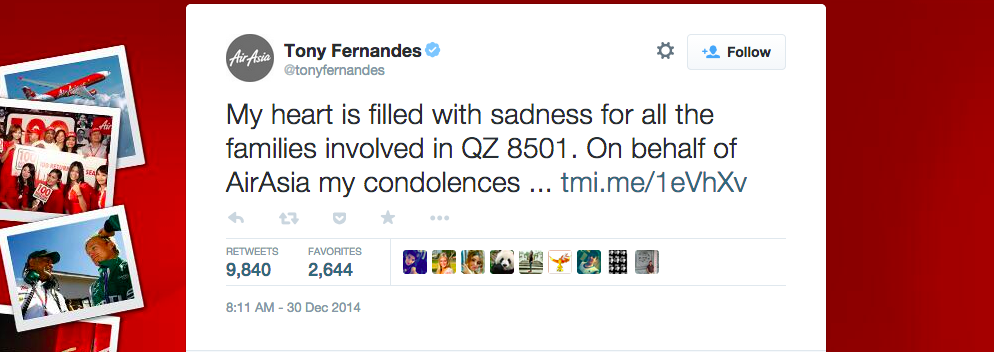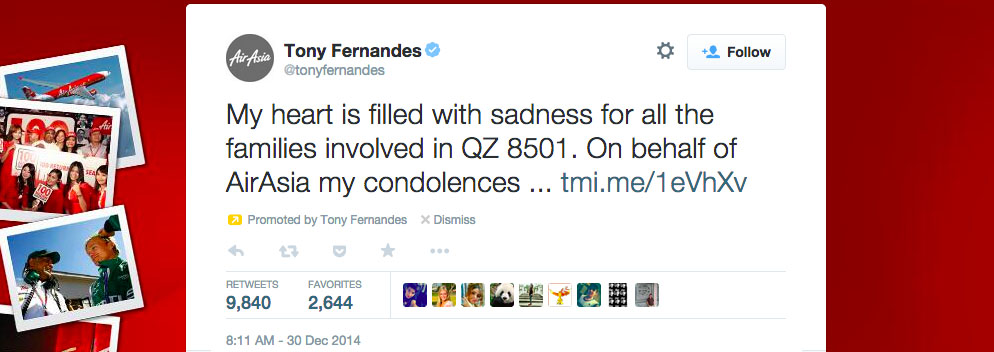In conversation with a government client recently, we touched on the challenge of getting messages out during a crisis.
“Our audience is on Facebook,” he said “but we know that Facebook is making it harder to reach that audience with posts on our corporate pages unless we pay to boost those posts. But in a crisis, does it look odd to see sponsored content from us appearing in your newsfeed?”
We know, certainly, that organic reach (i.e. the proportion of people who have ‘liked’ your page on Facebook who see the posts you publish when they log in and flick through their own newsfeeds) has dropped over the last few years, firstly to ~15%, but now closer to 5% or less. Increasingly, Facebook – and perhaps in future, Twitter and other networks – will ask brands to pay to reach their audiences.
The relevance of promoted social media posts to crisis handling isn’t new. During Hurricane Sandy in 2012, Twitter offered the Red Cross free advertising to help boost the fundraising effort. And it works the other way: Hasan Syed put $1,000 into berating British Airways with a promoted campaign of his own when they lost his father’s luggage. But since 2013, it’s become much easier for individuals and marketers of small brands to put modest budgets into boosting their social media updates, and to track the impact that it has.
Back to the original question: but does it look weird? Certainly, there are heartfelt messages that don’t benefit from being boosted. Take the recent tweet from Tony Fernandes of AirAsia:

Boosted, it might look a little like this fictional version:

There’s a subtle but important difference in impact when you boost your social activity – and I think that applies to brands as well as individuals. Messages labelled as ‘sponsored’ or ‘promoted’ can look self-serving, somewhat mercenary and a little creepy.
By contrast, there are some contexts where boosting your posts could work well:
- for factual messages: e.g. to raise awareness of contact telephone helplines or enquiry channels along the lines of “Customers affected by X should visit our website or call 1-800-XXXX for advice”
- where you can provide context: on Facebook, or with Twitter cards/attached images or infographics to explain what the incident relates to and what people can do next to protect themselves
- where the greater paid reach is a springboard to greater organic reach: asking recipients to pass on the message to friends and offline family members: “We’re investigating X currently, but please avoid Y for now. Please RT and share with friends”
- where the audience is local or niche: using the fine-grained audience targeting tools available these days to reach a key group e.g. “We’re dealing with an incident at our Milford Haven plant. Please keep doors and windows closed” targeted at Facebook users within a tight radius of an incident location
The challenge with social media – in peacetime and during a crisis – is to stay on the right side of creepy, and that certainly applies to boosting your crisis messages. Keep it factual, encourage sharing and target intelligently.
